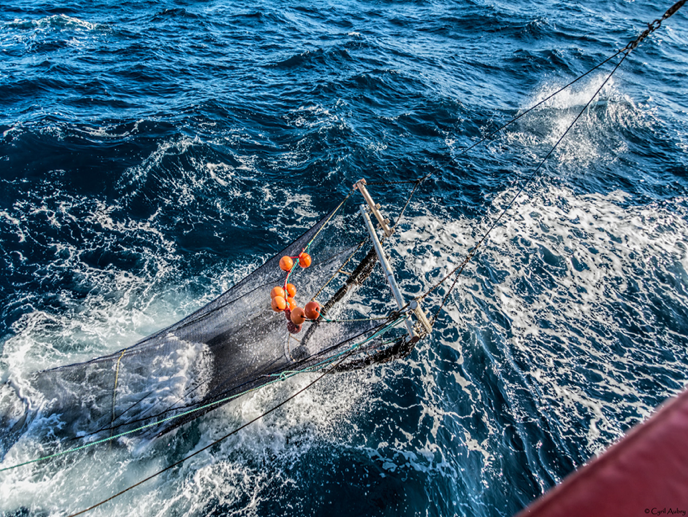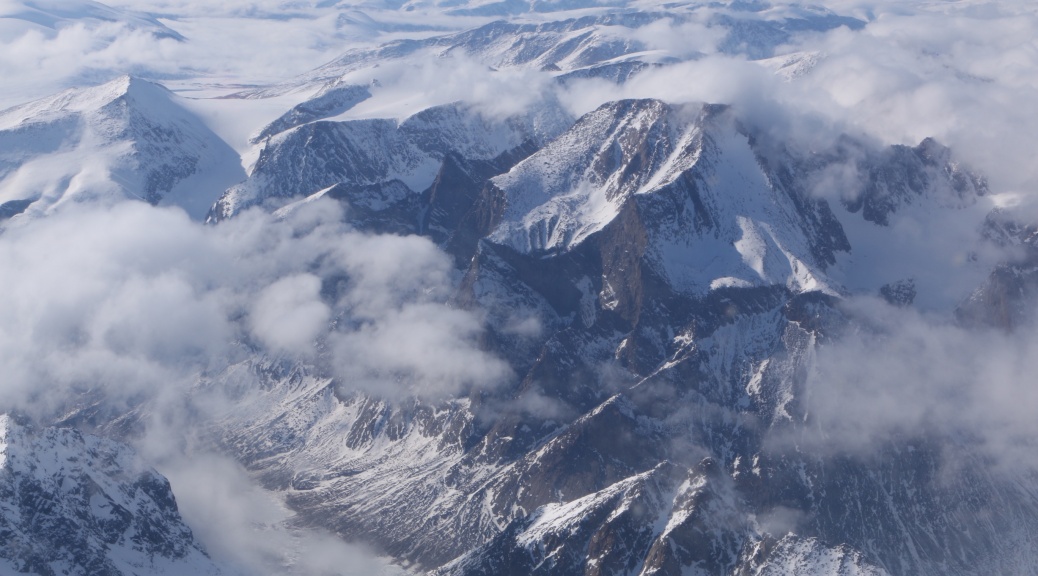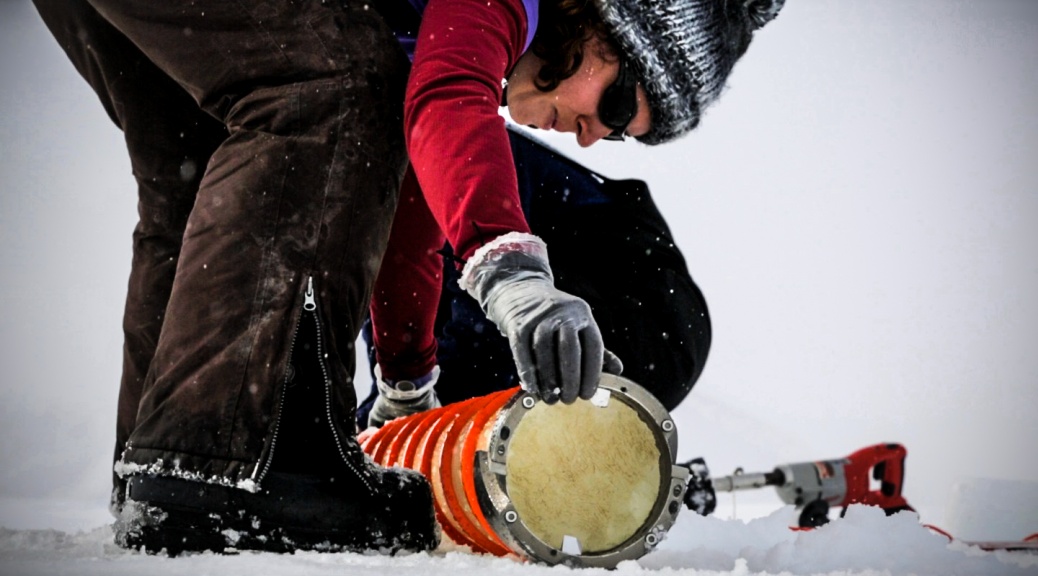As part of the Green Edge project on the CCGS Amundsen, our team from Louis Fortier’s laboratory at Université Laval is aboard to sample zooplankton and fish. To do so, we use nets, of different dimensions and mesh size.
Tag Archives: Arctic Ocean
Cloud cover: our enemy
Most marine-optics scientists dislike cloud cover. Thick clouds hiding the water surface in the visible and near-infrared spectral region prevent them to get nice ocean color remote sensing images. Thin clouds may lead to inaccuracies in the atmospheric correction when retrieving water reflectance from the sensor, which measures top-of atmosphere reflectance. On field, cloudy skies makes it often hard to adequately retrieve some water optical properties, namely those affected by the environment, the so-called apparent optical properties. Clouds also alter the diffuse and direct sunlight making it more challenging to interpret the water, ice and snow surface reflectance. But in addition to prevent some good sciences, cloud cover also triggers some unexpected GreenEdge (mis)adventures.
Brine channels, micro-habitat for ice algae
During the formation of sea ice, small spaces remain between the ice crystals and are filled with a salty liquid, known as brines.
Continue reading Brine channels, micro-habitat for ice algae



